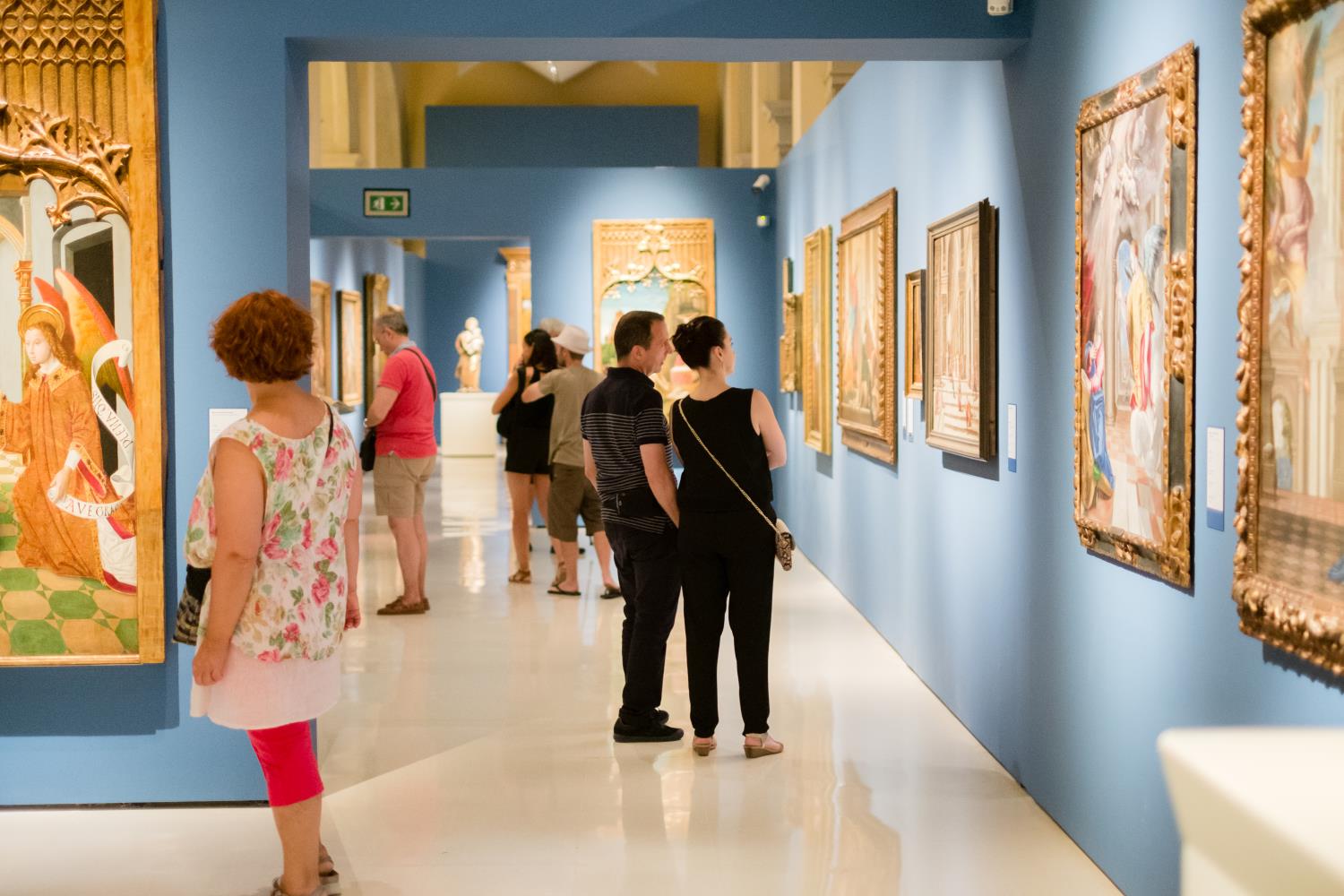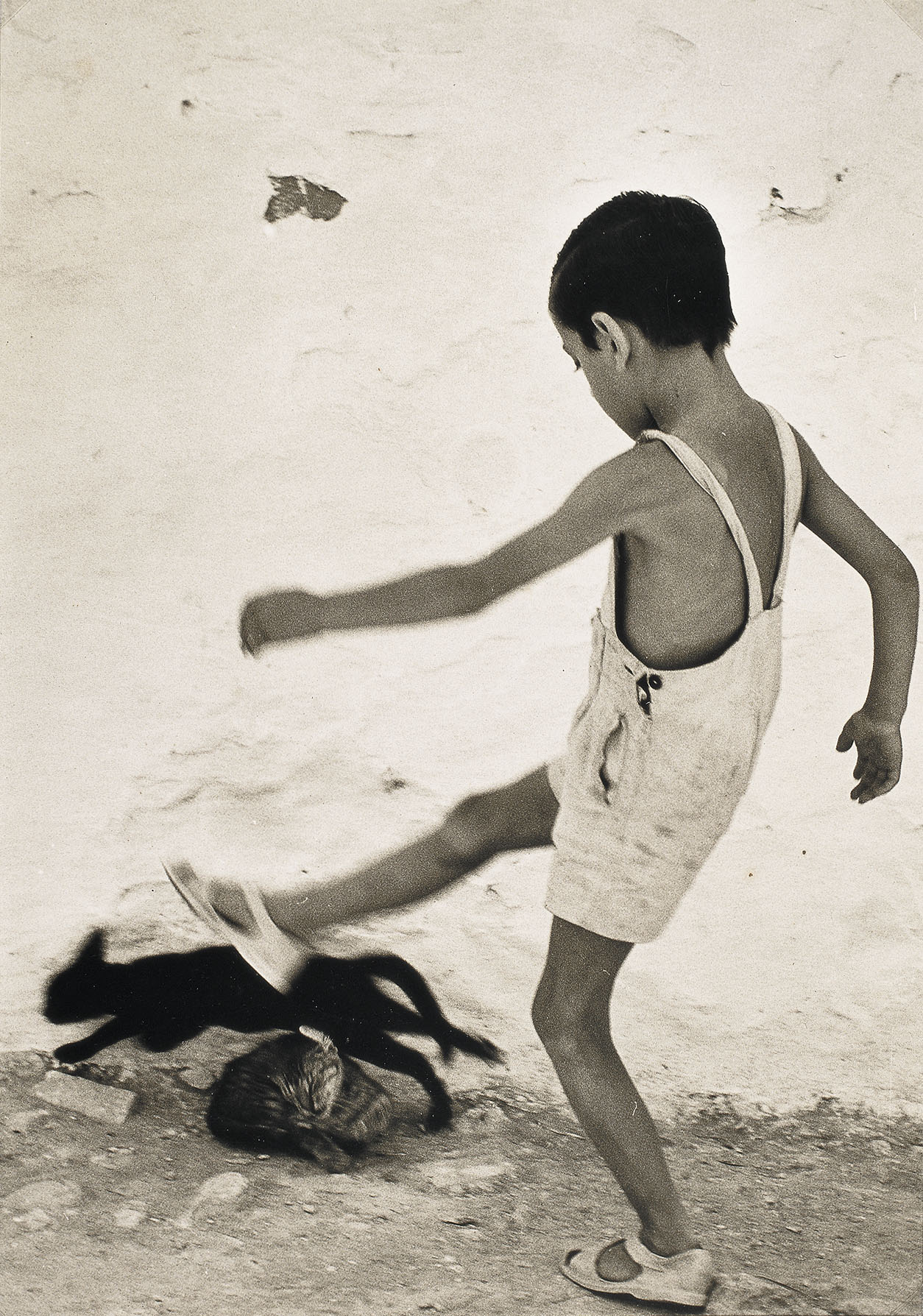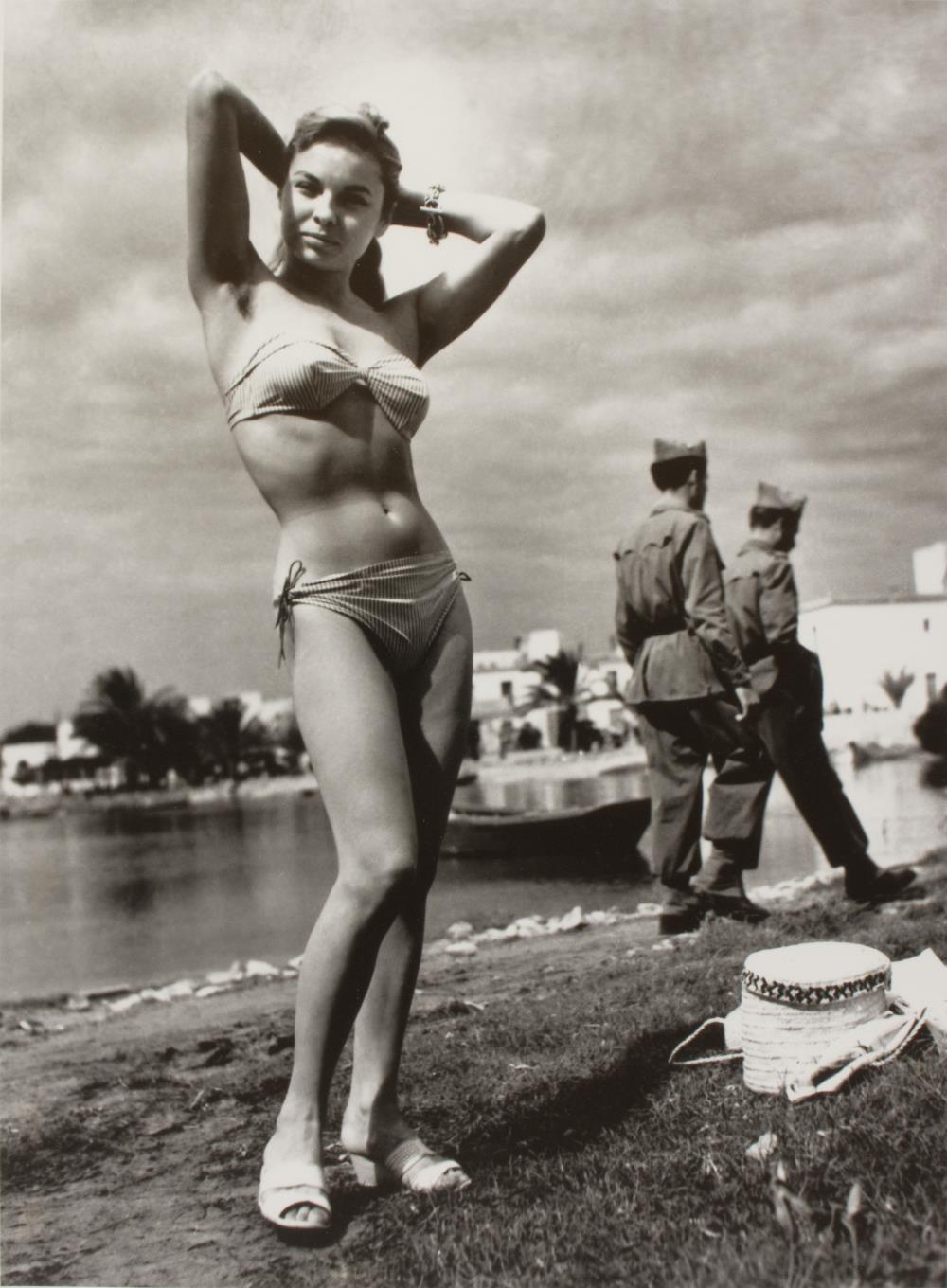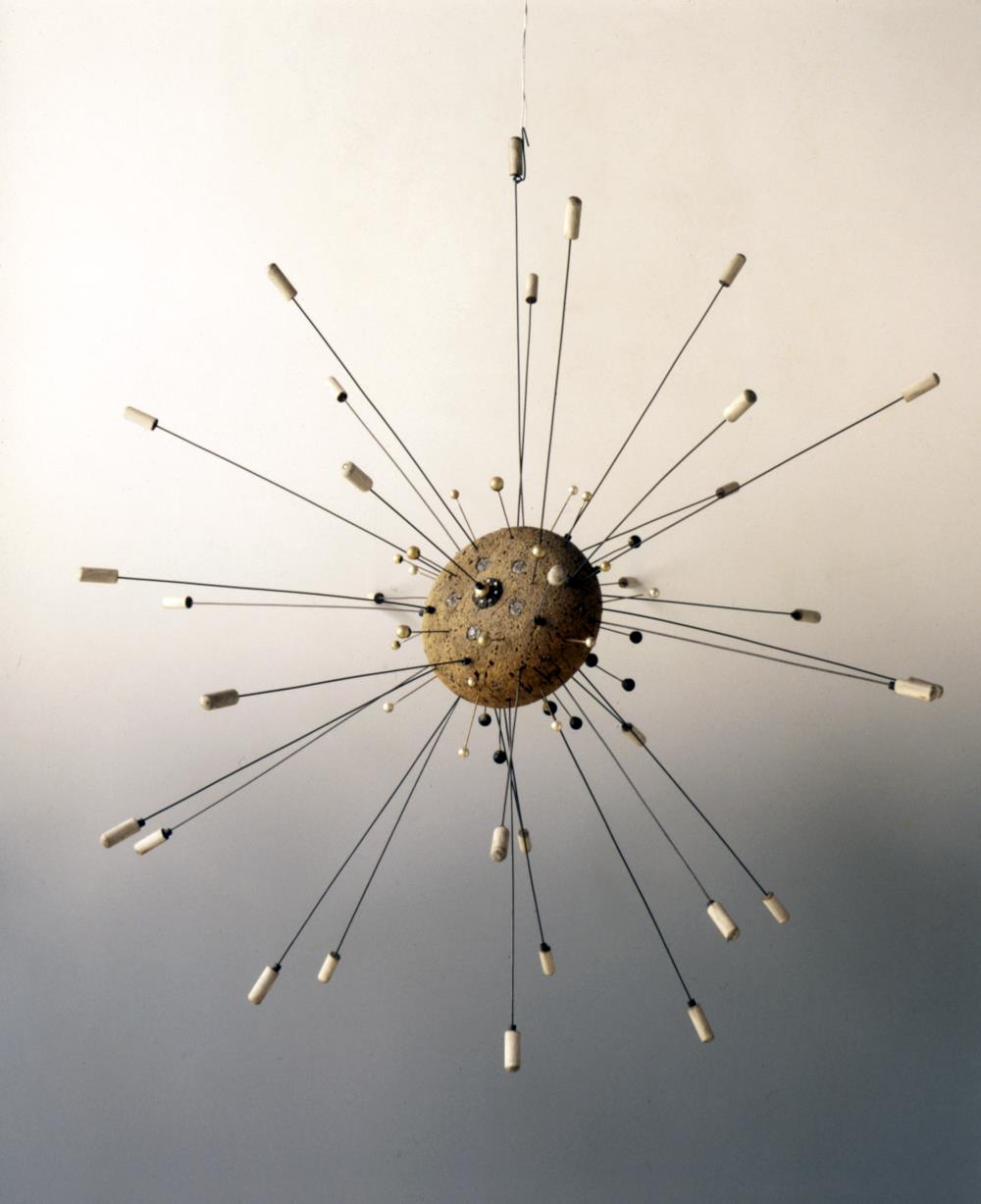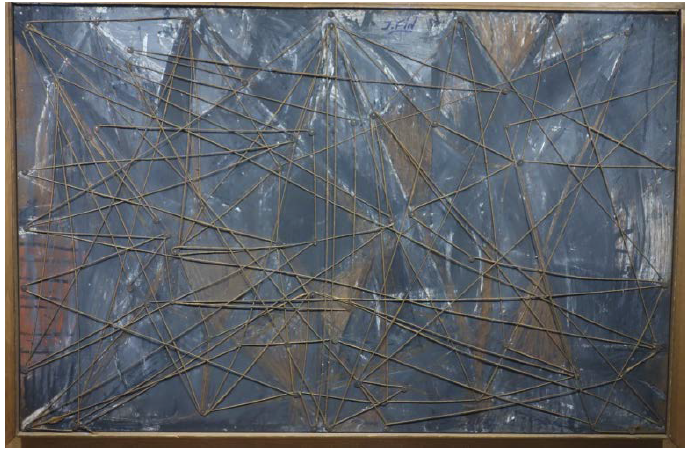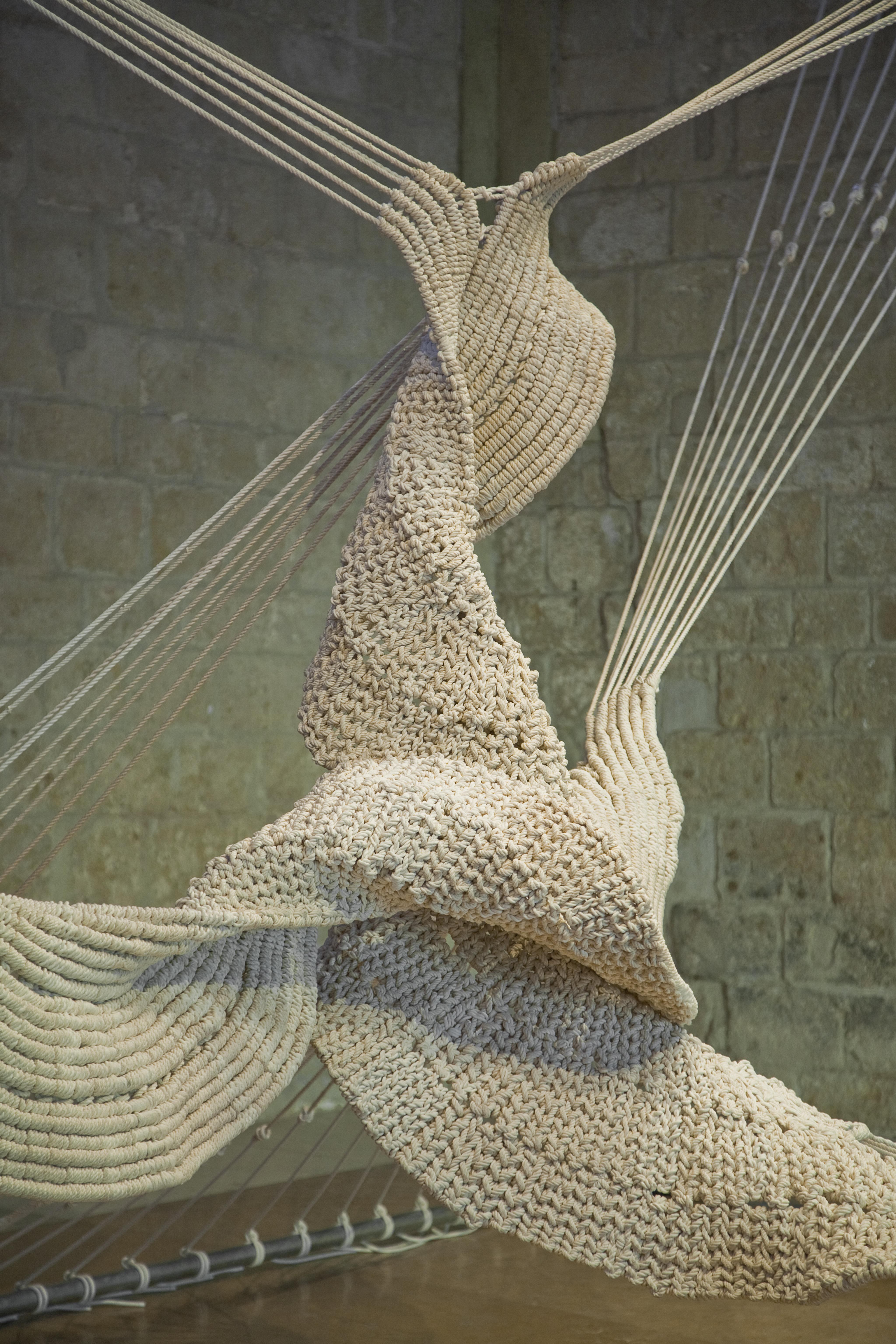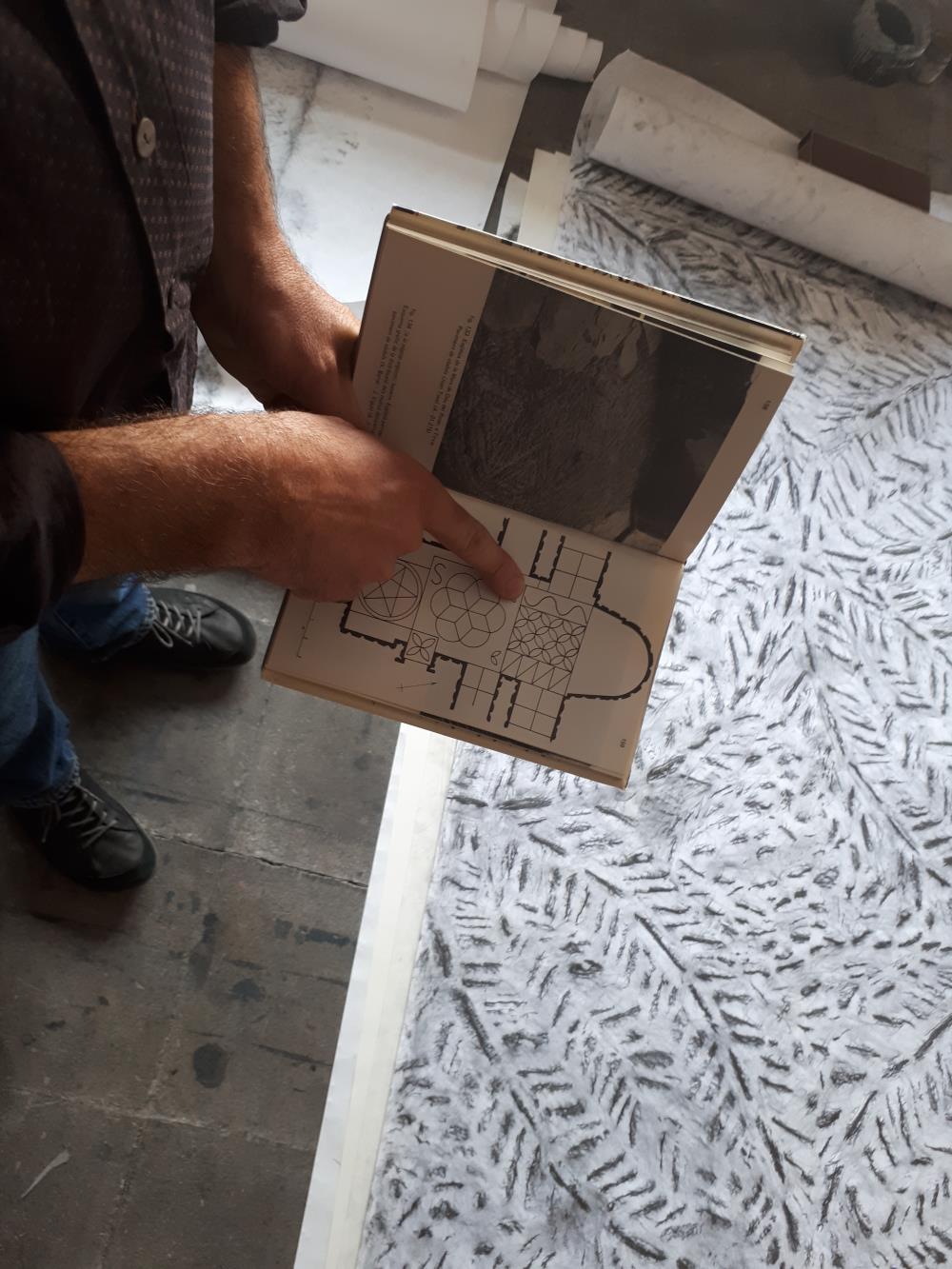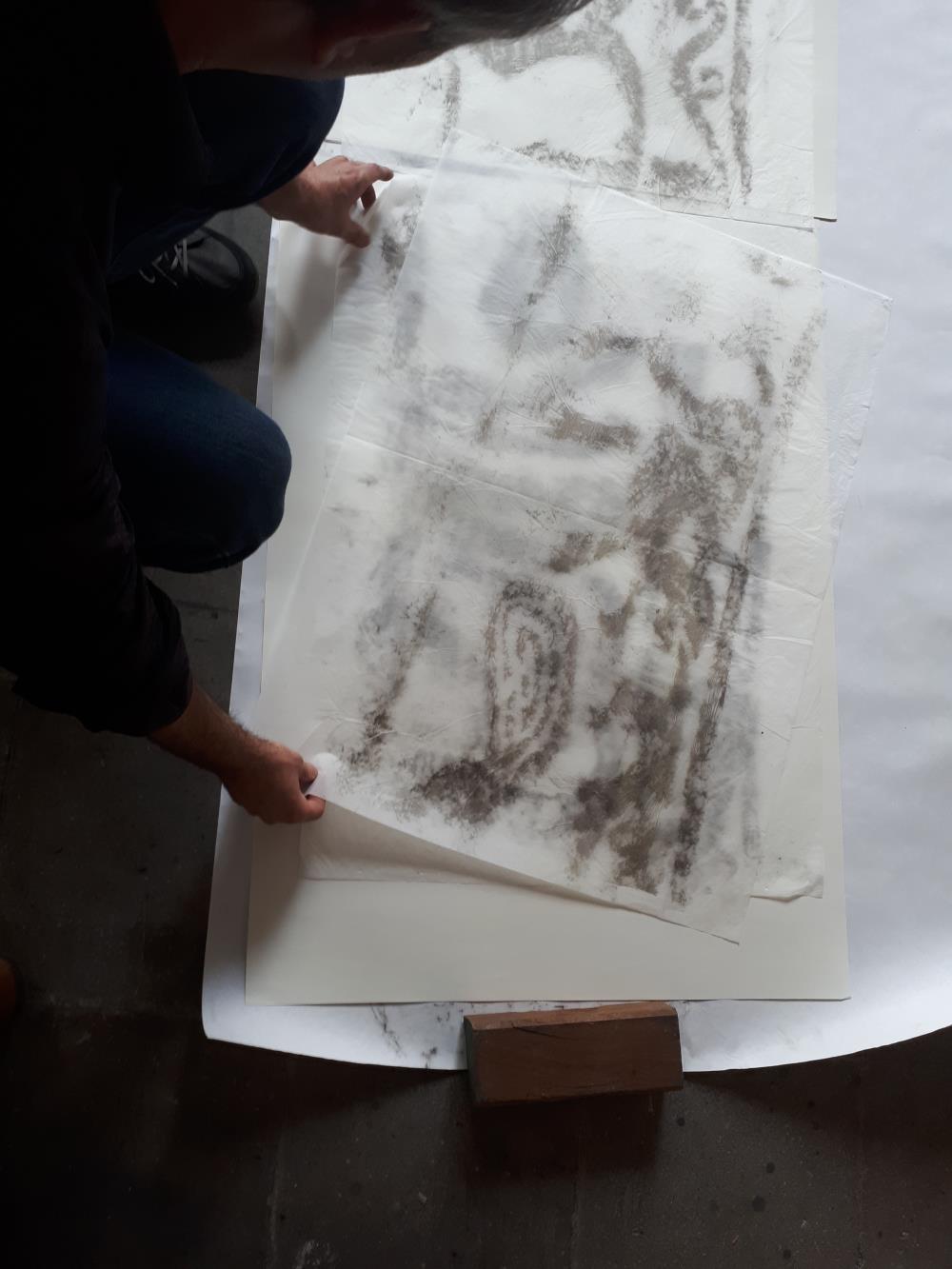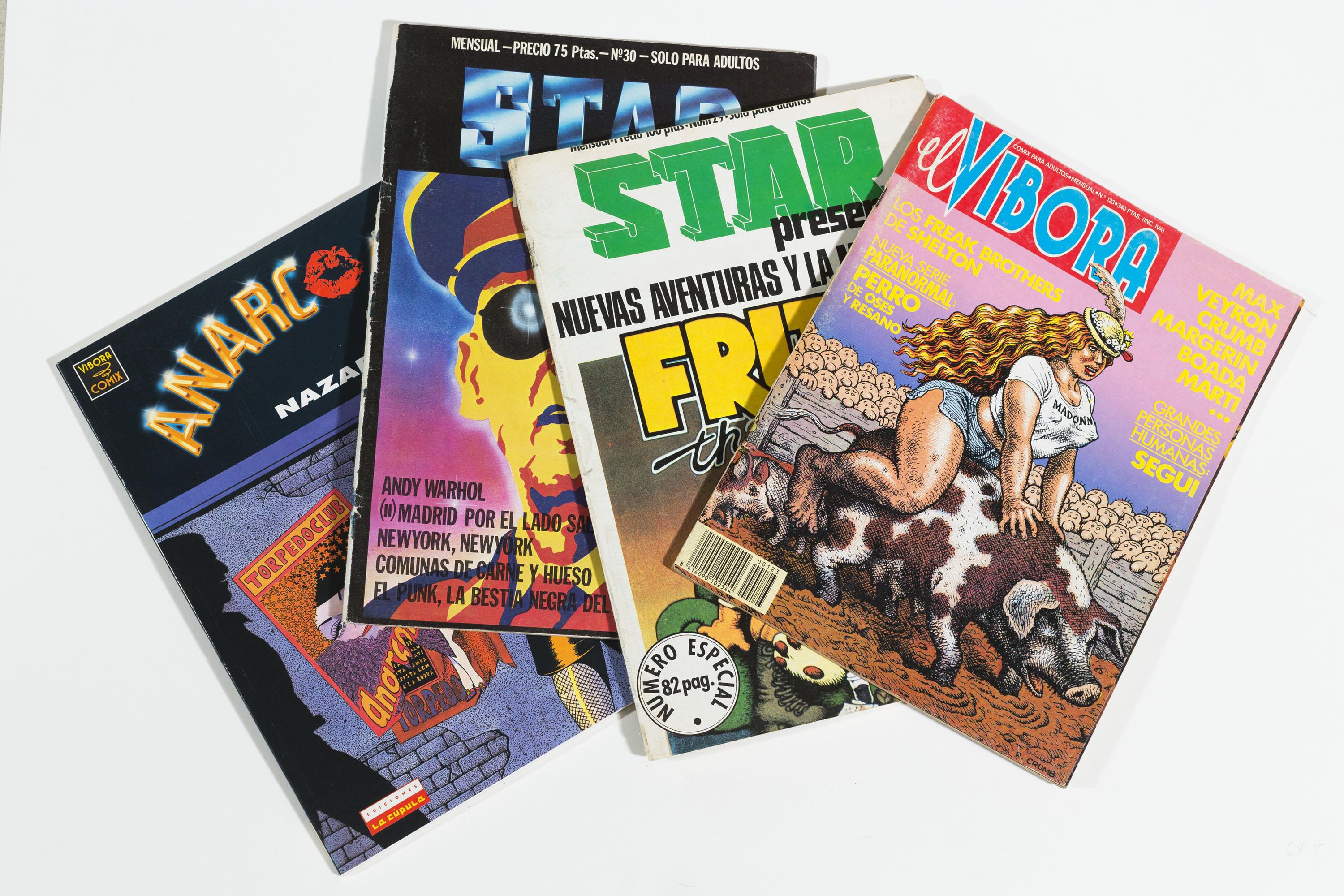We present today the Museu Nacional d’Art de Catalunya’s exhibitions programme for 2019, centred on the first major retrospective exhibition about Bartolomé Bermejo, one of the most fascinating painters of the fifteenth century. The work of the Barcelona photographer Oriol Maspons will be the subject of a large-format retrospective. The Museu Nacional continues disseminating knowledge of its collection, introducing the public to its artists, and collaborating with other national and international art museums.
Exhibitions
Bartolomé Bermejo
Organized jointly by the Museu Nacional d’Art de Catalunya and the Museo del Prado, the exhibition brings together work from several museums around the world and will enable visitors to admire all aspects of the work of Bartolomé Bermejo.
In 2003 the Museu Nacional mounted an exhibition on the subject of Hispano-Flemish Gothic Painting, including work by Bermejo. Now some major works that it was not possible to display on that occasion will be exhibited, such as the Pietat Desplà, recently restored.

Bartolomé Bermejo, The Descent of Christ into Limbo, c. 1475
Oriol Maspons, Photographer
The first major retrospective exhibition of the work of the Barcelona photographer Oriol Maspons. The exhibition will enable us to look back at more than forty years of intense activity in the fields of reportage, portraiture, fashion and advertising.
Antoni Fabrés
At the age of 25, the sculptor and painter Antoni Fabrés was awarded a grant to go to Rome, the city that at the time was the natural destination for outstanding artists. He arrived there in 1875, a year after the death of Marià Fortuny, and worked on drawing, painting and watercolour, three techniques that he mastered like none other in his day.
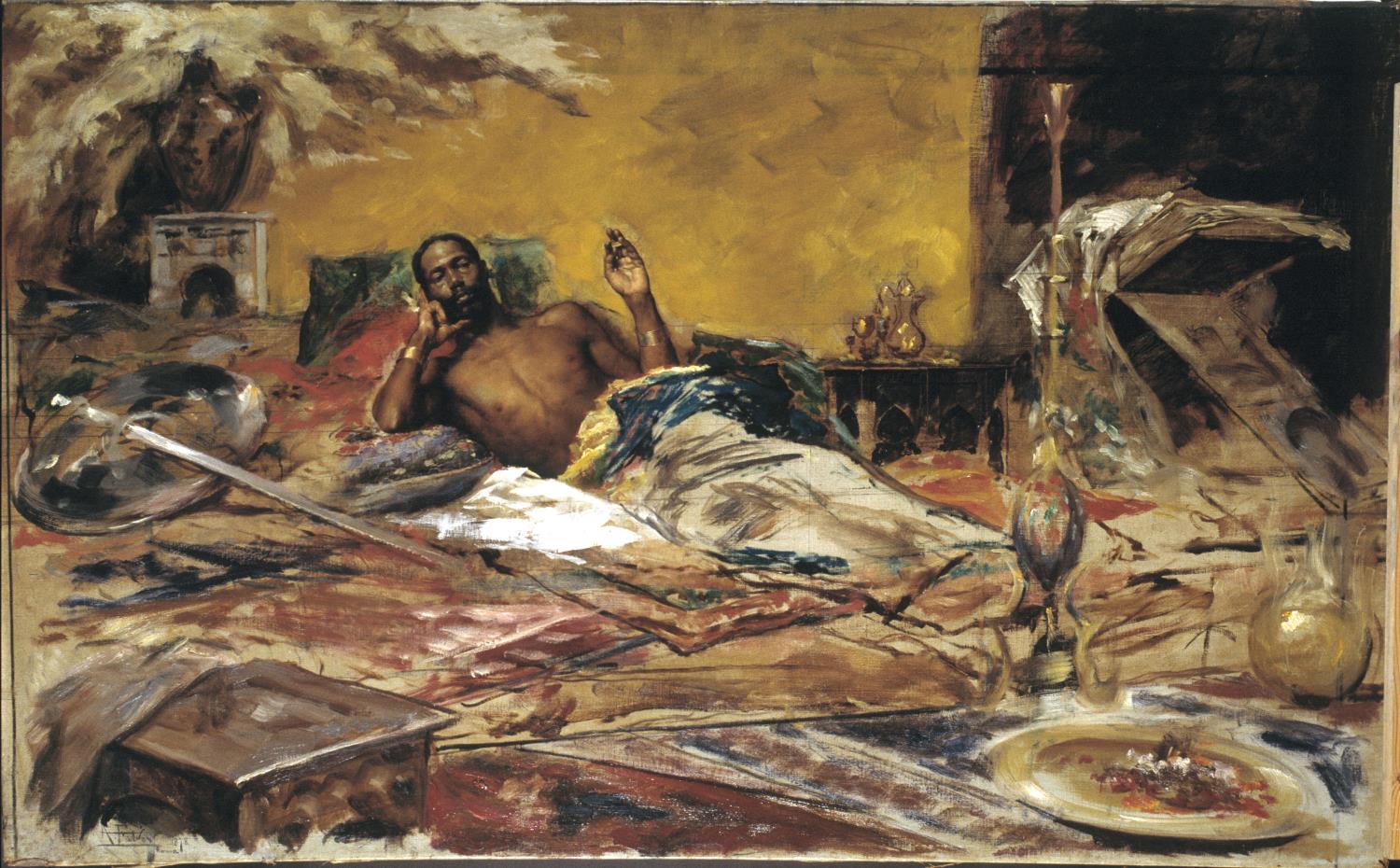
Antoni Fabrés, The Warrior’s Repose, 1878
Post-war Sculpture in Catalonia
The exhibition will propose a review of the principal lines of experimentation of Catalan Avant-garde sculpture in the post-Spanish civil war years in Catalonia.
In a hostile climate dominated by official academic sculpture, artists such as Joan Brossa, Àngel Ferrant and Joan Miró set out to recover the initiatives of the new Avant-garde sculpture: objet trouvé, primitive sculpture and abstract sculpture. These were the three main avenues of experimentation that were to guide a new generation of Avant-garde sculptors during the post-war years who, like Josep Maria Subirachs, Moisés Villèlia, Marcel Martí and Francesc Torres Monsó, began to make a name for themselves in the context of the ebullient art scene in Barcelona in the late 1940s.
The exhibition aims also to review one of the great specialities of post-war sculpture:abstraction.
Collection
The museum is working intensely on the Modern Art collection .
Post-war art and the second Avant-garde, 1940-1980
The Museu Nacional wishes to incorporate into the collection the art of the period dating from the post-war years and the Franco dictatorship to the return of democracy and the beginnings of Post-modernism, a period that has been called the second Avant-garde and has been little studied to date.
Based on an intense process of research, the museum is performing a task of heritage enhancement in order to configure the collection covering that period.
The artworks that have been acquired, thanks to donations, long-term loans and purchases, will be exhibited in the galleries at the end of the Modern Art collection, as a prolongation of the permanent collection’s discourse.
During 2019 the works of Aurèlia Muñoz, Joan Claret, Ramón Llovet, Magda Bolumar, Fin (José Vilató), Francesc Todó, and Messa (Francesc Sempere Fernández de Messa) will be presented.
This is a collection under construction that will grow, since more additions are planned during the year.
Aurèlia Muñoz Donation
The artist’s family has donated seven textile works and a collection of drawings to the museum that will enable us to appreciate the quality of her work in the formative years of the language of contemporary textile art. These works will be exhibited temporarily in the context of the project to configure and develop the collection of post-war art and the second Avant-garde.
Revisited, her works show a refinement, an Avant-garde rigour and an expressive belonging that may be interpreted from a contemporary point of view, and for this reason they have to be rescued for posterity.
Dialogues with the collection
This project invites contemporary artists to establish a dialogue with the collection as a way of building bridges between society, the present and the works conserved in the museum.
Oriol Vilapuig
The artist Oriol Vilapuig explores Romanesque chapels and, using the grattage technique, he recovers reliefs, floors, symbols that had been hidden, spaces almost invisible to the occasional visitor. They are fragments that had been rejected, which the museum had overlooked and which now, thanks to this artist’s work, have come to light and will be exhibited in the rooms of the Romanesque Art collection.
Projects in collaboration
Underground comics in Barcelona
Coinciding with the Saló del Còmic and the 40th anniversary of the magazine El Víbora, the museum will be organizing an exhibition about underground comics of the 1970s and their sudden emergence in the legendary magazine, a cultural and artistic phenomenon associated especially with the city of Barcelona.
This exhibition is a step further in the line of work being done at our museum to incorporate comics in the activities and the collection as yet another visual language reflecting a historical and artistic context that connects with our present.
ORATIONIBUS #SR, based on the book by Santiago Rusiñol
The Museu Nacional will begin collaborating with the Teatre Nacional in the context of the season of plays that this autumn is dedicated to Santiago Rusiñol.
In November, the performance of the show Orationibus #SR, a concert performance based on the book Oracions (Prayers), by Santiago Rusiñol, will take place at the museum.
Related to this show, a small group of works by Rusiñol from the museum’s collection will also be displayed: oil paintings, drawings and posters by the artist.
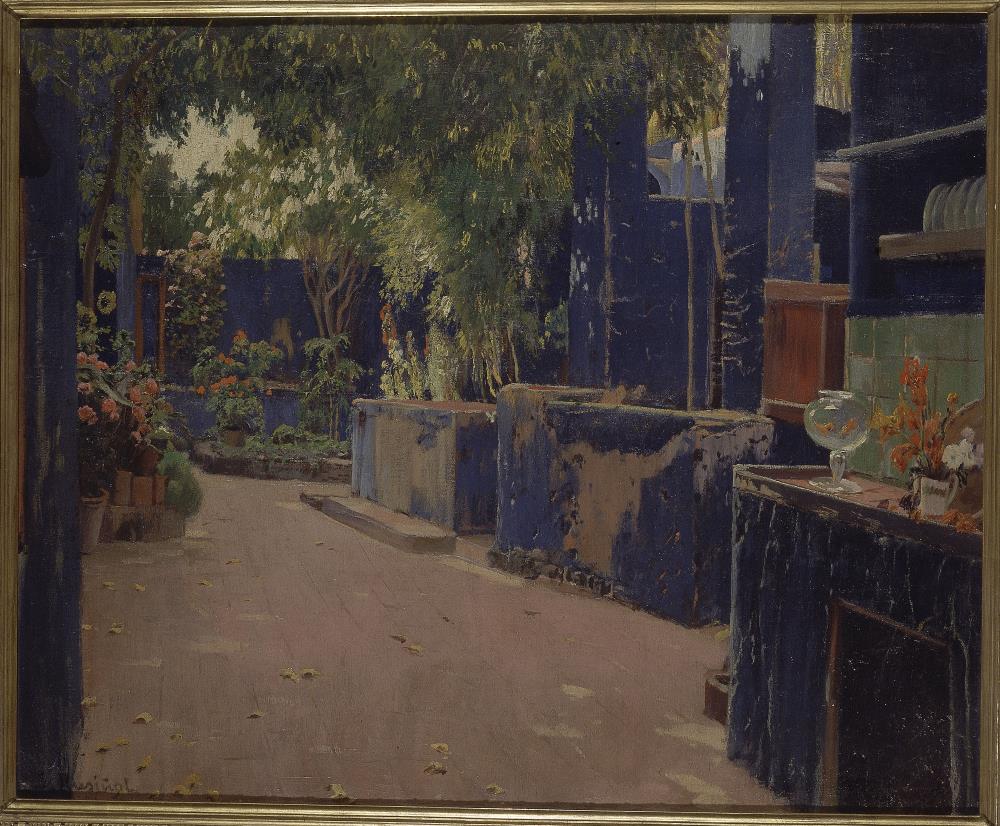
Santiago Rusiñol, Blue courtyard, 1913
You still have time to visit …
The exhibition Gala Salvador Dalí. A Room of One’s Own in Púbol until 14 October! Don’t miss it!
What’s more, before the year is out the exhibition LIBERXINA, Pop and new artistic practices, 1966-1971, and the artist’s project, Room, will open.
Next week we will share the travelling exhibitions outside the museum in 2019.

